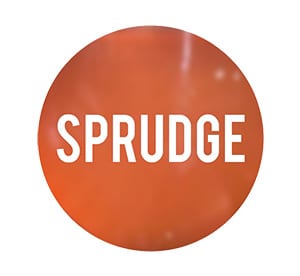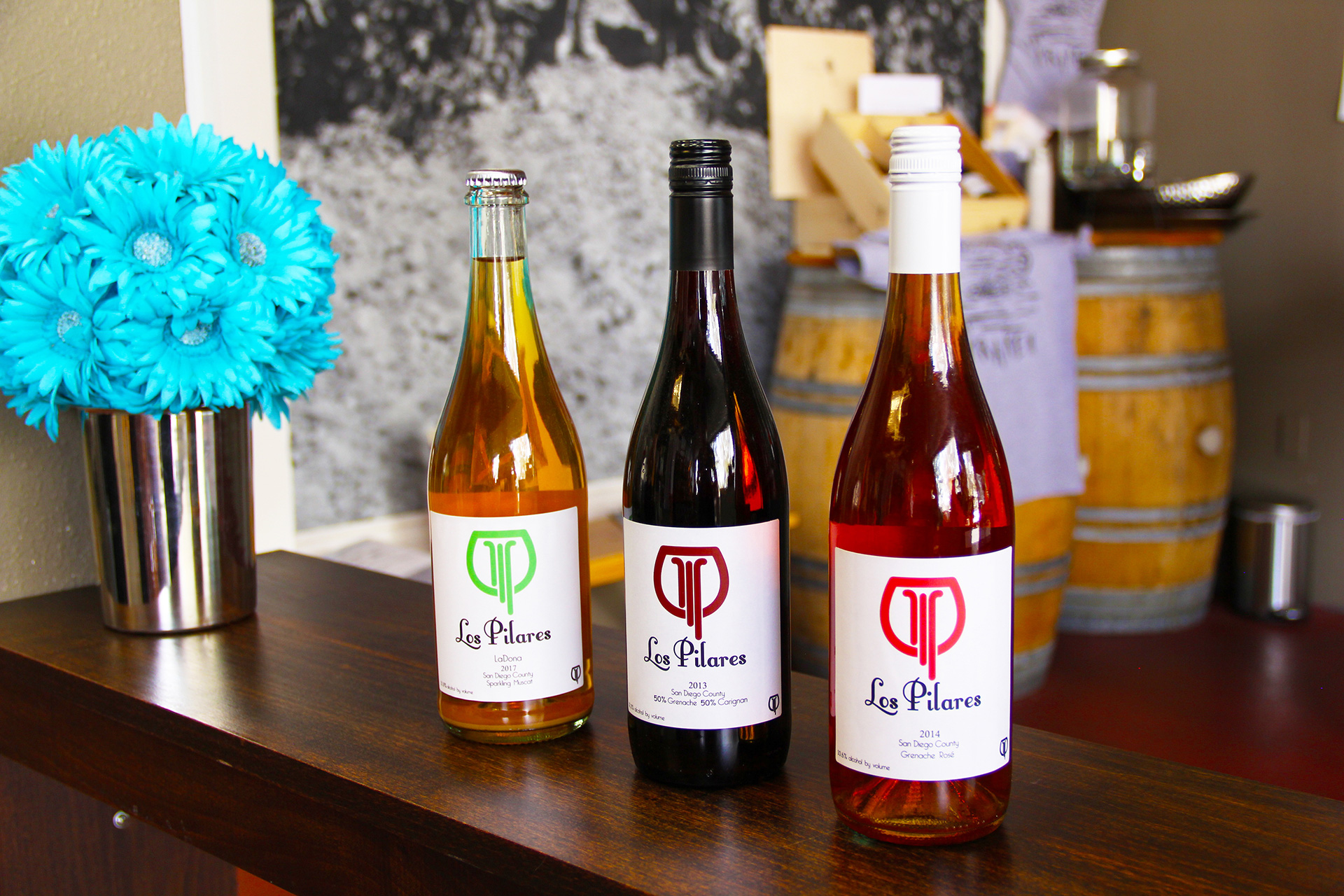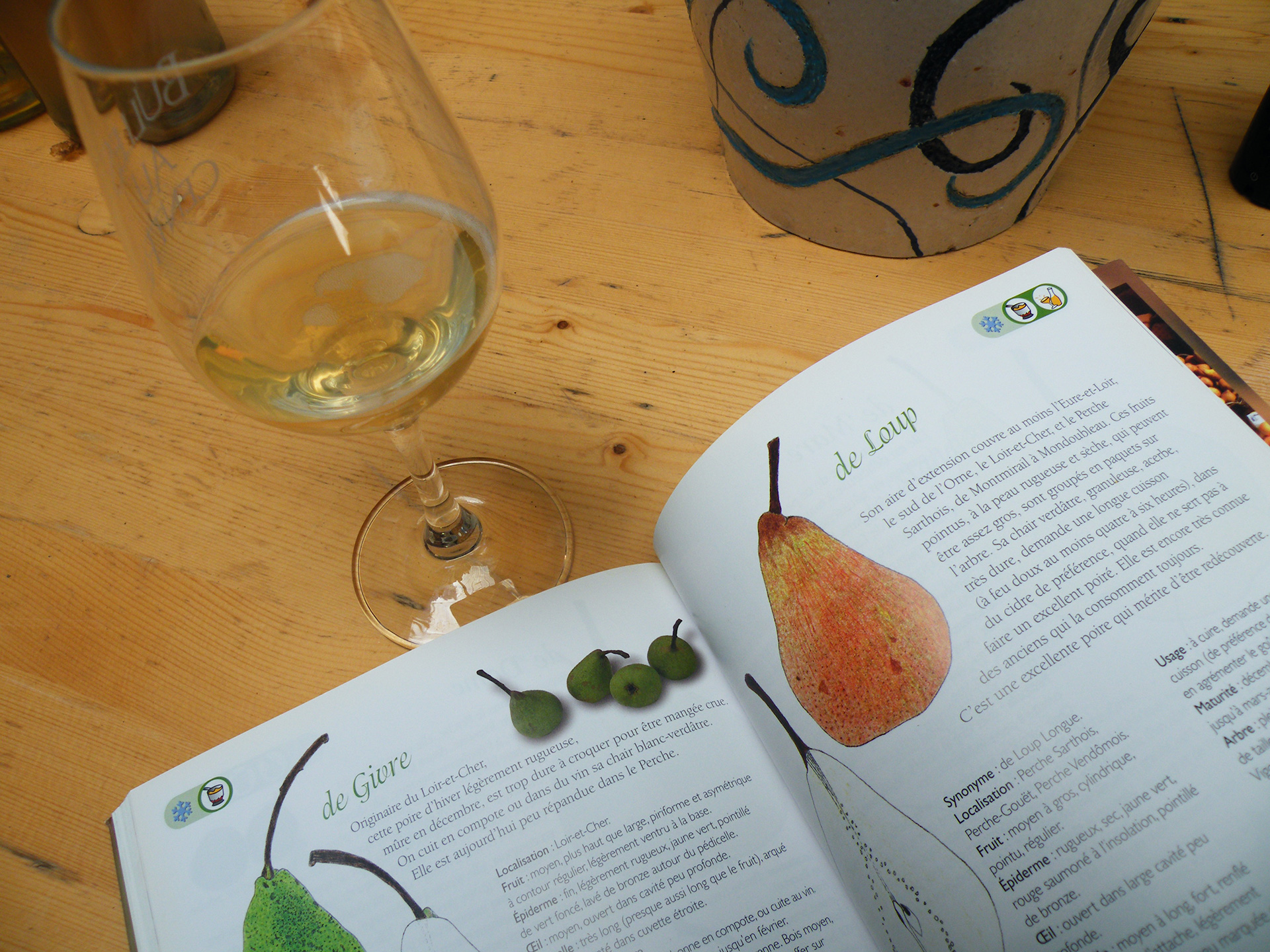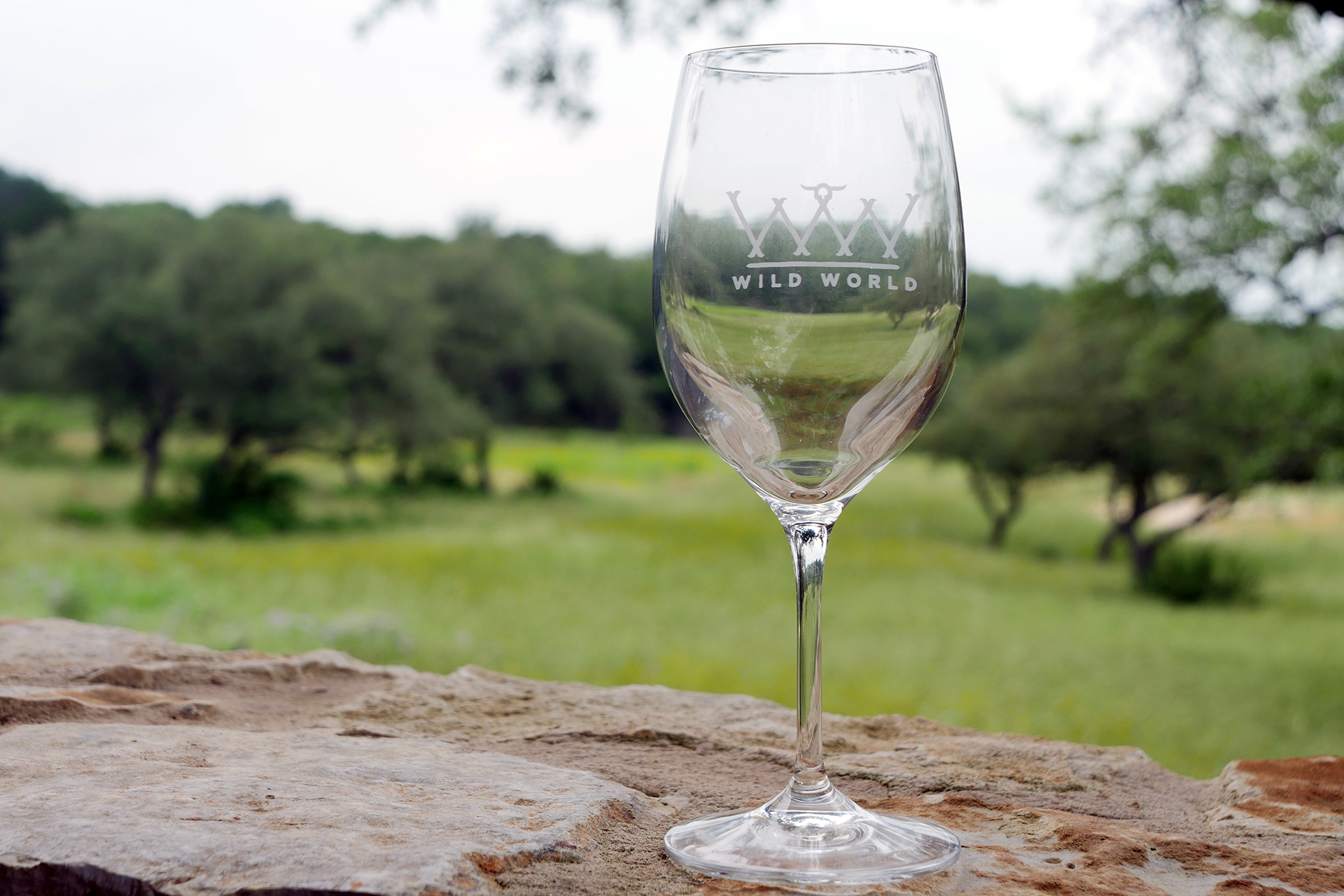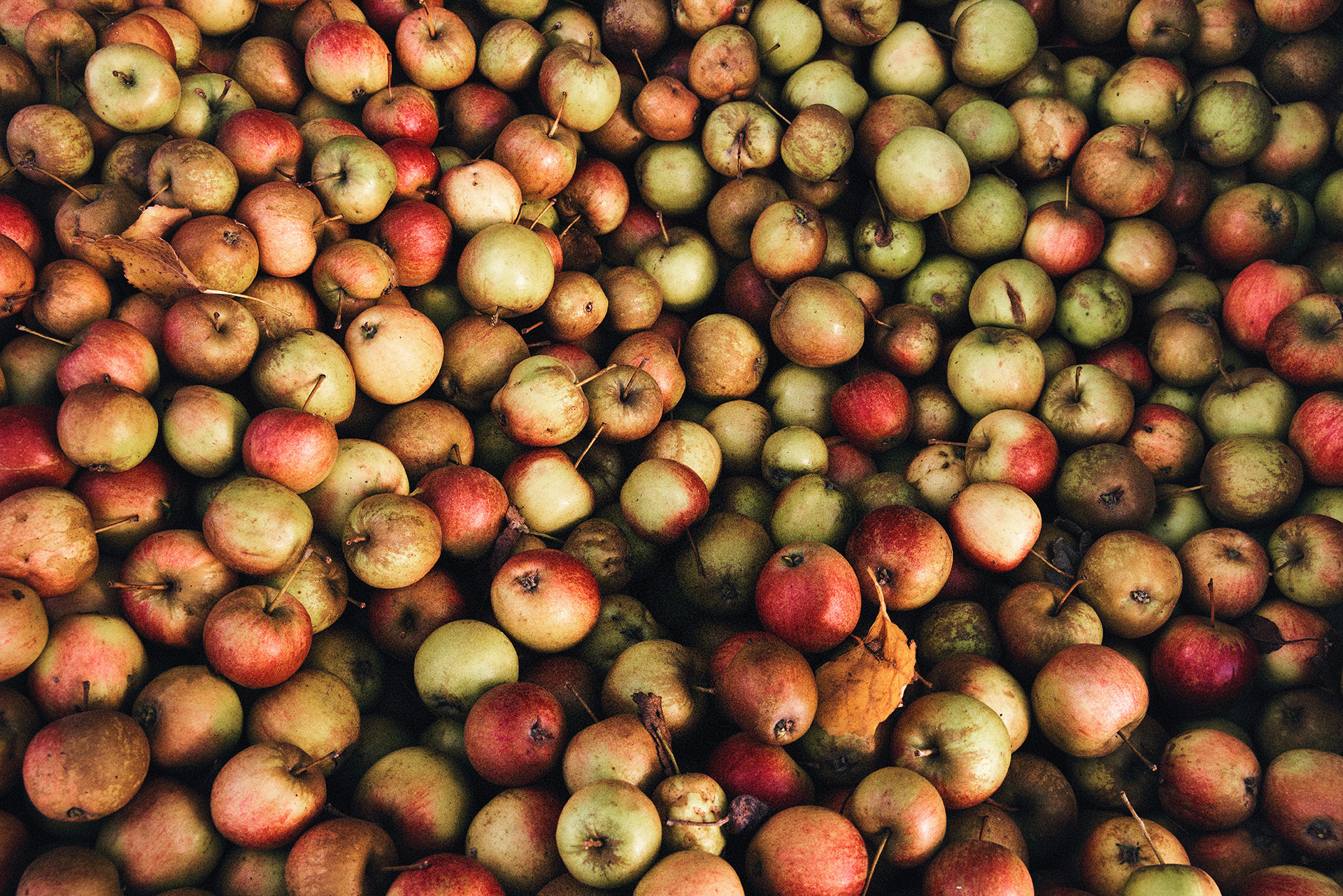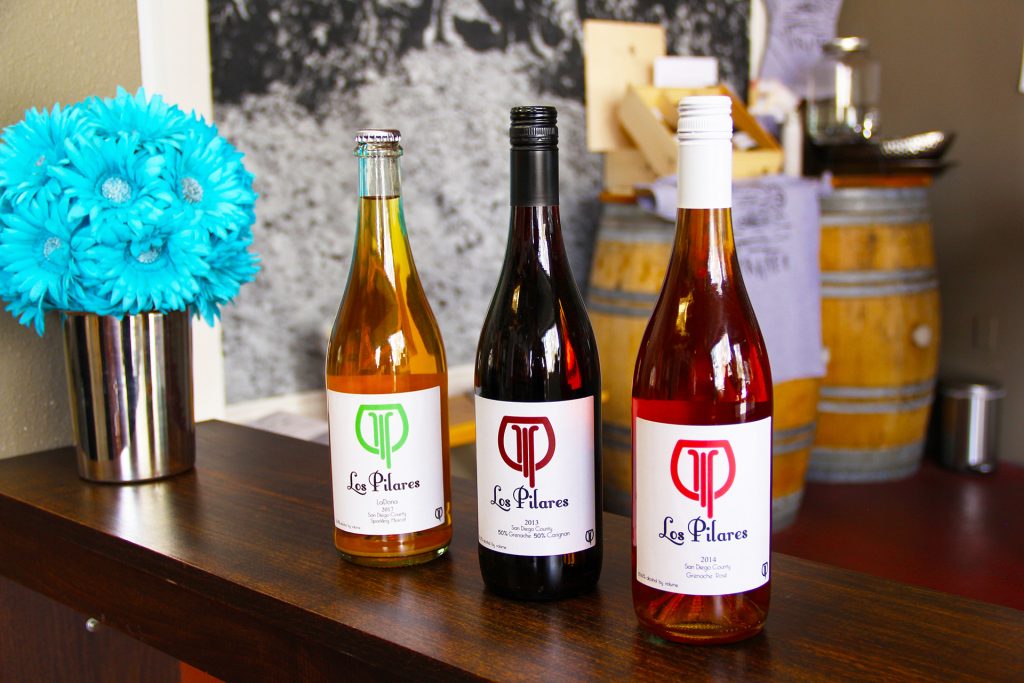
San Diego’s Miralani Maker’s District is nestled in an industrial park just a stone’s throw from an airbase, the Marine Corps Air Station Miramar. A coalition of craft beverage makers, the district includes a saké brewery, a meadery, a micro-distillery, and the Charlie and Echo winery and tap room. It’s here that Los Pilares wines are made, and where Los Pilares co-owner and winemaker, Michael Christian, sits to talk about his wines and San Diego terroir.
Los Pilares is the garage winemaking dream-child of Christian and co-owner Coleman Cooney. The two came of age at the tail end of the 1970s in San Diego, where they grew to love drinking California wine in an era when Christian says it was still great. Life would take Christian to France for six years, and Cooney to Spain for seven, and then return them to California to drink wine together again. But things had changed during their time away, and they found themselves no longer enjoying the Golden State’s wines, which Christian says they found, “Overripe, overblown, and over-oaked.”
So, in traditional California startup style, Christian and Cooney started making their own in Christian’s garage to recall the flavors they had fallen in love with in Europe. In the mid-90s, they planted a tiny, postage stamp vineyard in Cooney’s backyard in a mountainous region of San Diego County called Alpine.
“And it got good,” Christian says, reclining in a lawn chair inside the Charlie and Echo winery and tasting room, wearing a signature pair of indoor sunglasses. Fellow garage winemakers and enthusiasts Pelin Wood Thorogood and Jay McCarthy signed onto the project as partners, and Los Pilares was born.
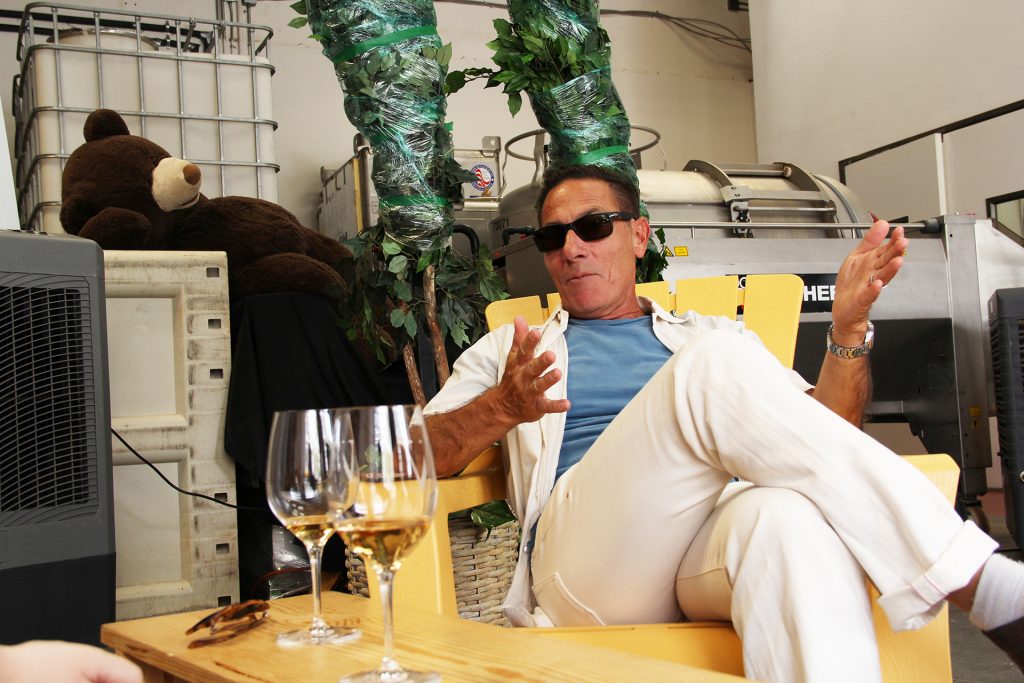
When Christian began making wine in the garage, he had no formal training. Only a palette for French wines.
“I was literally using home winemakers recipes,” he says. “They were full of additions, especially sulphide and acid adjustments. Adding tannins, using fining agents—all this shit.”
He realized this process existed to make wine out of low-quality grapes, but that Coleman’s grapes didn’t need half the steps. So he took them out. Now, Charlie and Echo owner and winemaker Eric Van Drunen houses the entire Los Pilares operation in Miralani and is an integral part of the project as a winemaker alongside Christian and Cooney.
“It is impossible to overstate Eric’s contribution,” Christian says. “We have a parasitic relationship with him.” As he speaks, Van Drunen pours glasses of what is far and away the most creative, cerebral, and visionary of the Los Pilares lineup. It’s an orange Muscat pet-nat named LaDona.
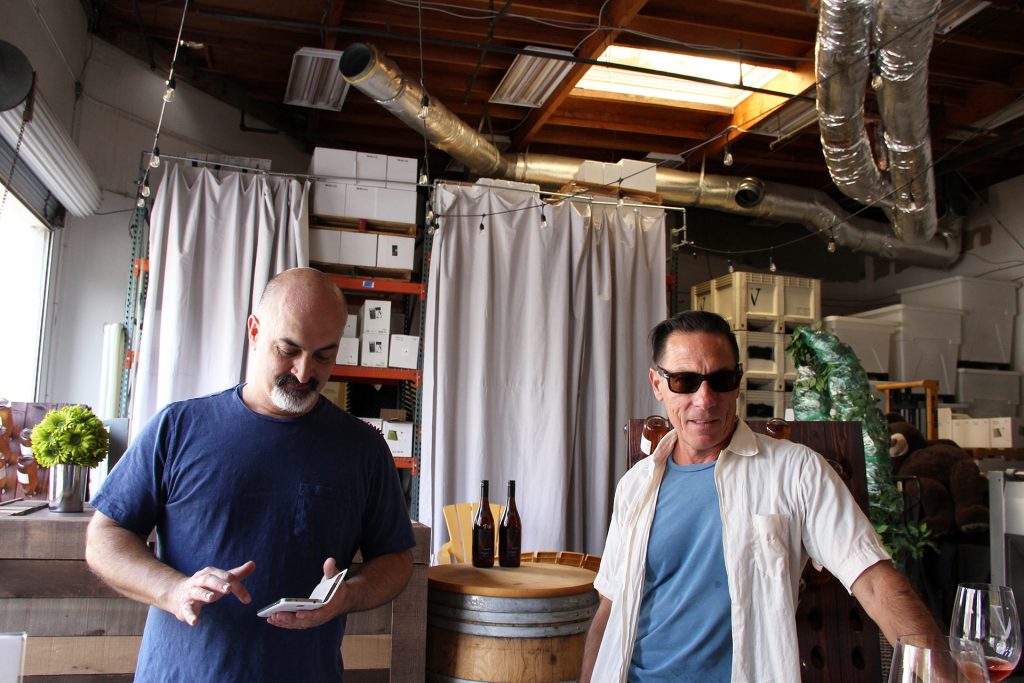
LaDona is the Los Pilares love letter to San Diego, past and present. “It is an idea that was truly conceptual,” Christian says of LaDona. “The concept was to reinvent a San Diego viticultural tradition, where Muscat has been really important for 100 years or more.”
Retiring and starting one’s own little winery is a San Diego behavior that dates back before prohibition, but the scene never truly recovered thereafter, Christian says. Back around 1965, most San Diego wineries were making Muscat.
“When I remembered all that business about Muscat,” Christian says, “I started doing Nexus searches and I found articles from the 1950s. There was a Grape Day and a Grape Queen in Escondido. It was all about the Muscat harvest, which comes really early.” This is a story, he says with the fervor of a passionate believer, about the death and rebirth of Muscat in San Diego.
Beyond just making wine he likes to drink, this is what truly drives Christian for his part in Los Pilares. He mourned what was a rich viticultural tradition. With his partners, he is setting out to revive it.
“I wanted to do something that is San Diego,” he says. “I said to Coleman, ‘Just find some Muscat.’”
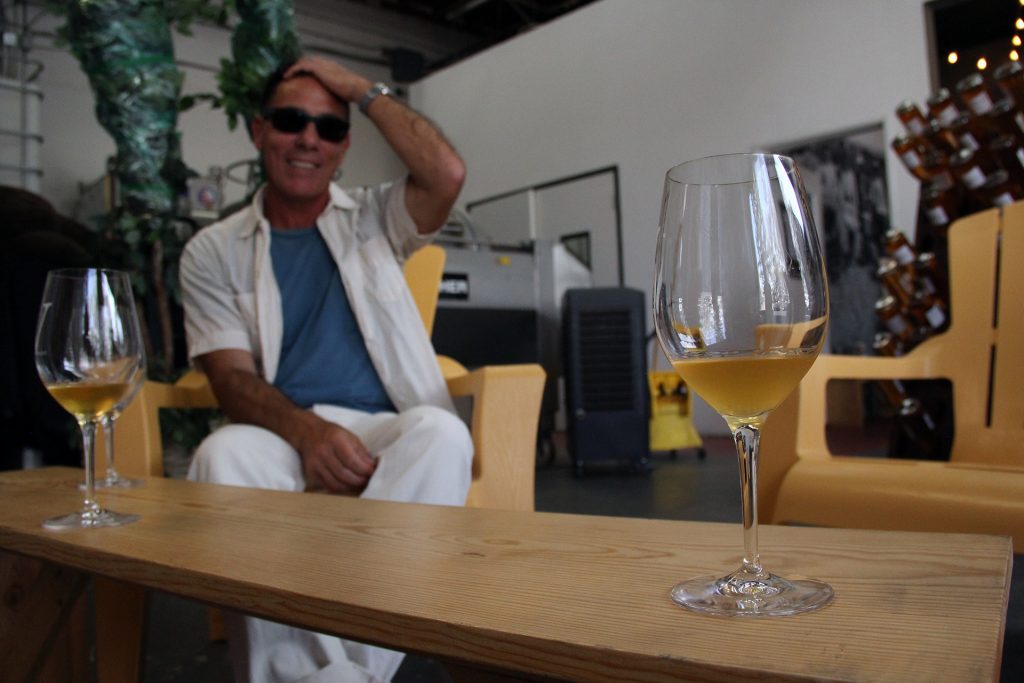
They had never made a white wine, and what emerged was a bone-dry pet nat with a sharp contrast between the nose and the palate, equally chuggable and worthy of long consideration. It has a strong honeysuckle nose and some tannic bitterness from three days of skin contact. And the name? Of course, it comes from a San Diego radio personality. Here, a grape that had “completely gone out of fashion” is on its way out of the ashes (both metaphorical and literal, in fire-burdened parts of the county).
The Los Pilares black pet-nat (BPN) is equally quaffable and hyperlocal. “It relates to solving a San Diego county culinary problem,” Christian says. Inspired by old-fashioned Lambrusco, the 100-percent Cabernet Sauvignon BPN is a tannic, tart, effervescent red designed to be served chilled. In Southern California, over half of the year is grilling season, with temperatures hovering between 68 and 80 degrees. On nights like these, the last thing you want is a big California Cabernet, and one tires of rosé. This year, the BPN emerged more sour than in years past, and San Diego’s craft beer community is coming out of the woodwork to try it at Charlie and Echo.
So is Muscat San Diego terroir? What grapes do best here? Los Pilares is on a mission to find out, but Christian says it’s too soon to tell.
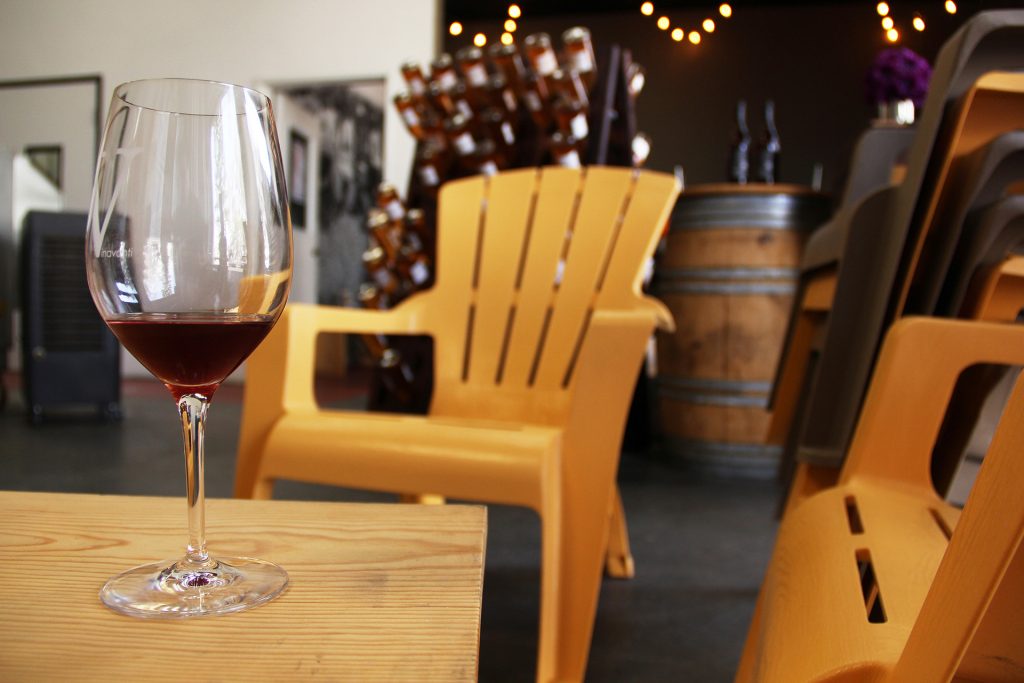
“We don’t know, which is why we’ve planted so many varieties at a high-altitude vineyard,” he says. “Coleman and I think that if we do the right thing for 100 years, and there’s not radical climate change, the grape vineyards of San Diego will be up in the mountains. But we’re guessing at what might work.”
Without a centuries-old viticultural tradition, they have the freedom to try, fail, and try again. One thing Christian does know for sure: “The future of San Diego wine is not to be monotonous.”
Photos by Juliana Wisdom.
